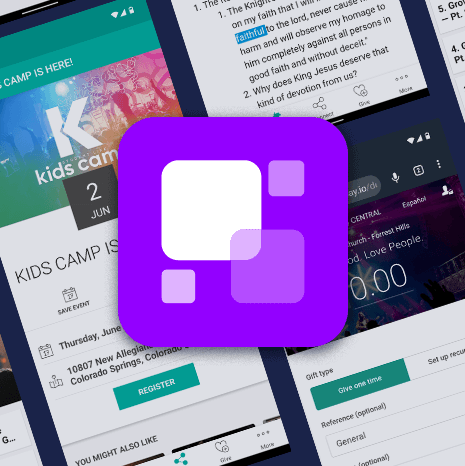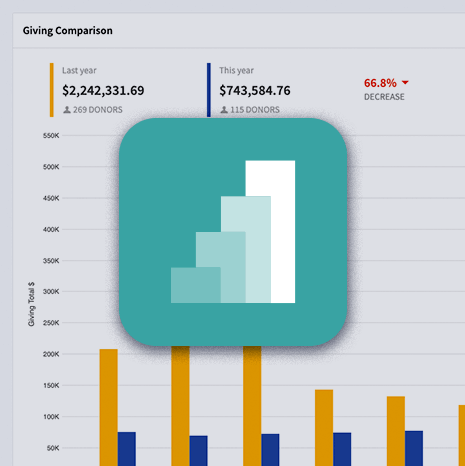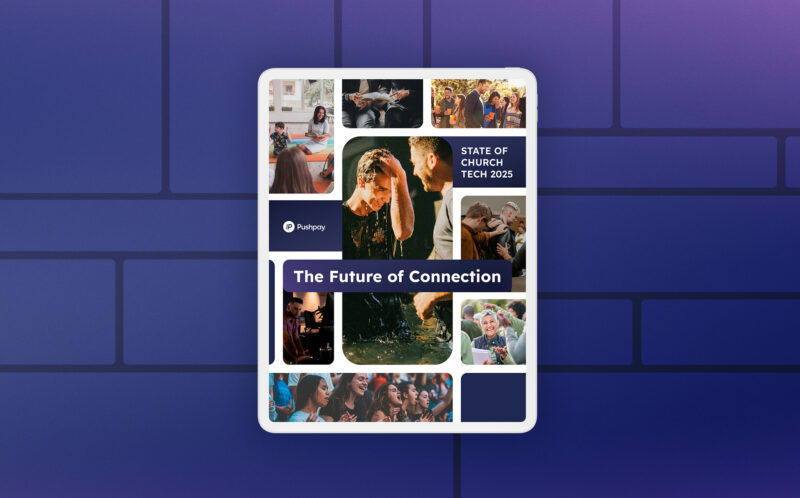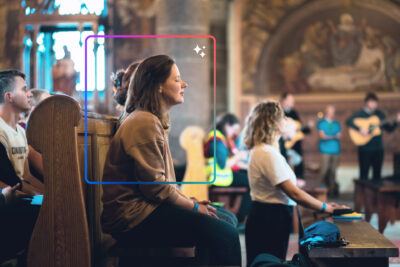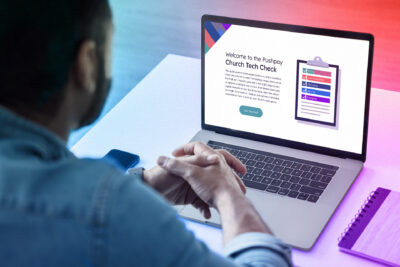
In today’s rapidly evolving digital landscape, many churches find themselves in what can only be described as the “Wild West” of artificial intelligence. Staff members experiment with various AI tools independently, there’s no cohesive strategy in place, and questions about ethical use remain unanswered. Sound familiar?
According to Pushpay’s recent State of Church Tech 2025 report, while AI usage has jumped a remarkable 80% compared to last year, there’s still significant hesitancy in when and how to use it effectively. The report reveals that 45% of churches now use AI tools, yet less than a quarter of these churches apply AI to core ministry functions like sermon development or pastoral care.
As AI continues to transform how organizations operate, churches stand at a crossroads: embrace these powerful tools strategically or risk falling behind in both operational efficiency and ministry effectiveness. The good news? You don’t need to be a tech expert to implement AI in ways that enhance your church’s mission rather than complicate it.
Here are five strategic ways your church can implement AI today—with purpose, alignment, and clear boundaries.
1. Start With a Church-Wide AI Policy
Before diving into specific tools, establish clear guidelines for AI use that reflect your church’s values and mission. An effective AI policy:
- Defines appropriate use cases for AI within your church context
- Addresses data privacy concerns and ethical boundaries
- Establishes protocols for introducing new AI tools
- Provides clarity on content ownership and attribution when using AI-generated materials
Creating this foundation first prevents the “everyone doing their own thing” syndrome that leads to redundancies, security risks, and potential ethical dilemmas. Your policy doesn’t need to be complicated—just clear. Start with a simple document that can evolve as your AI implementation matures.
Pro Tip: Involve key stakeholders from different ministry areas in policy development to ensure buy-in and comprehensive coverage of various use cases.
2. Conduct an AI & Tech Stack Audit
Many churches are surprised to discover just how many AI tools are already being used across their staff, often with overlapping functions and unnecessary costs. Before adding more tools:
- Survey all staff about which digital platforms and AI tools they currently use
- Identify redundancies where multiple tools serve similar functions
- Assess the security and privacy settings of current tools
- Evaluate which tools are delivering actual value versus “shiny object” additions
This audit often reveals opportunities to consolidate subscriptions, standardize around best-performing tools, and identify gaps where new AI solutions could make the biggest impact.
Pro Tip: Create a shared document where staff can record all digital tools they use, including frequency, specific use cases, and perceived value. This visibility alone can spark productive conversations about streamlining.



